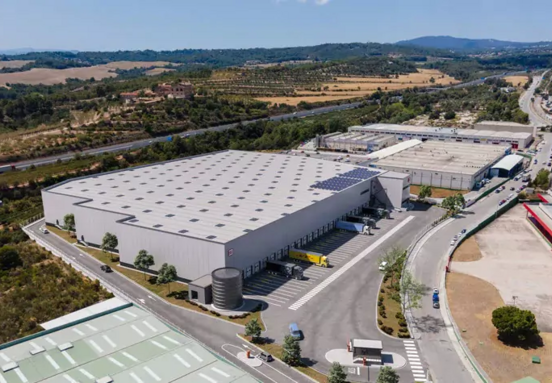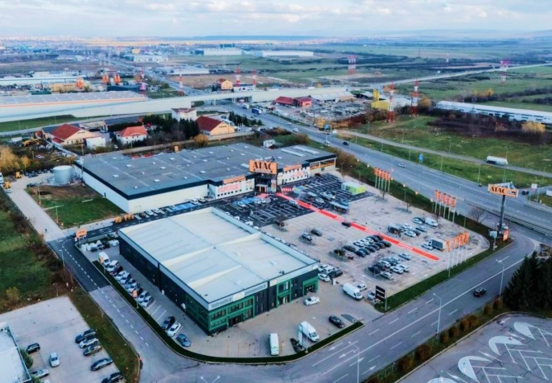The Coliers report, launched at EXPO Real 2019, analyzes office markets in 15 CEE countries: Albania, Belarus, Bulgaria, Croatia, Czechia, Estonia, Hungary, Latvia, Lithuania, Montenegro, Poland, Romania, Serbia, Slovakia and Ukraine.
Most modern office projects are located in the capitals of the countries, although the office market is also developing in regional cities. In the first half of 2019 in all capitals of the 15 analyzed countries tenants leased over 1.5 million sqm of modern office space. More and more office buildings boast of prestigious certificates, modern technological and ecological solutions and innovatively designed space. The most active tenant sectors are IT, professional services, banking and BPO/SSC.
“Total modern office stock in 15 CEE countries in H1 2019 reached almost 27 million sqm. At that time, developers completed 707,000 sqm and 3.7 million sqm is currently under construction. The largest supply of modern office space was recorded in Warsaw, Budapest and in Prague, while the biggest increase of new supply in H1 2019 was noted in Bucharest. Second place in terms of the amount of new office space completed in the same time took Sofia, followed by Warsaw,” says Dominika Jędrak, Director of Research and Consultancy Services, Colliers International.
Central Europe – renovation of industrial properties into modern office space is one of the market trends
In Czechia and Slovakia in the first half of 2019, over 130,000 sqm of modern office space was commissioned in Prague and Bratislava. There is also a current market trend towards renovation of old industrial properties into modern and vibrant office spaces. One example of that can be a mixed-use project Pradiareň 1900, involving the refurbishment of the former Bratislava Thread Factory.
Bucharest has turned into one of the most dynamic economies in the CEE region. This is closely related to the labor force, which offers a nice mix of good language skills as well as much lower costs than in Western Europe. Romania and Bucharest do have a couple of things that set it apart from other peers and even other more developed markets in Europe: a very strong IT&C community.
“While vacancy is expected to be on the rise over the next couple of years, there are some silver linings. Bucharest still has quite a lot of stock built about a decade ago and part of it would not meet today’s qualitative/technical standards. Vacancy tends to vary quite a lot from submarket to submarket and even between projects in the same submarket. Furthermore, on a relative (per capita) basis, Bucharest’s office surface is still around one third below Warsaw’s, which is also significantly below other Western European markets, so there might still be quite a lot of room to grow”, Sebastian Dragomir, Director Office Advisory at Colliers International Romania, said.
Warsaw is also developing very quickly, there are approximately 40 office buildings under construction with a total area of over 830,000 sqm, which will gradually fill the supply gap in the next 24 months. The largest projects include The Warsaw HUB, Mennica Legacy Tower and Varso Place – the highest building in European Union.
At the end of H1 2019, the total office stock in Budapest exceeded the 3.6 million sqm. The market remained landlord driven in 2019. The largest deals are usually closed by tenants active in the IT, financial and pharmaceutical sectors and by state related occupiers. The speculative office pipeline under construction till 2021 accounts to 404,000 sqm, out of which 95,000 sqm office space is expected to be handed over by the end of 2019. (source: Colliers)






